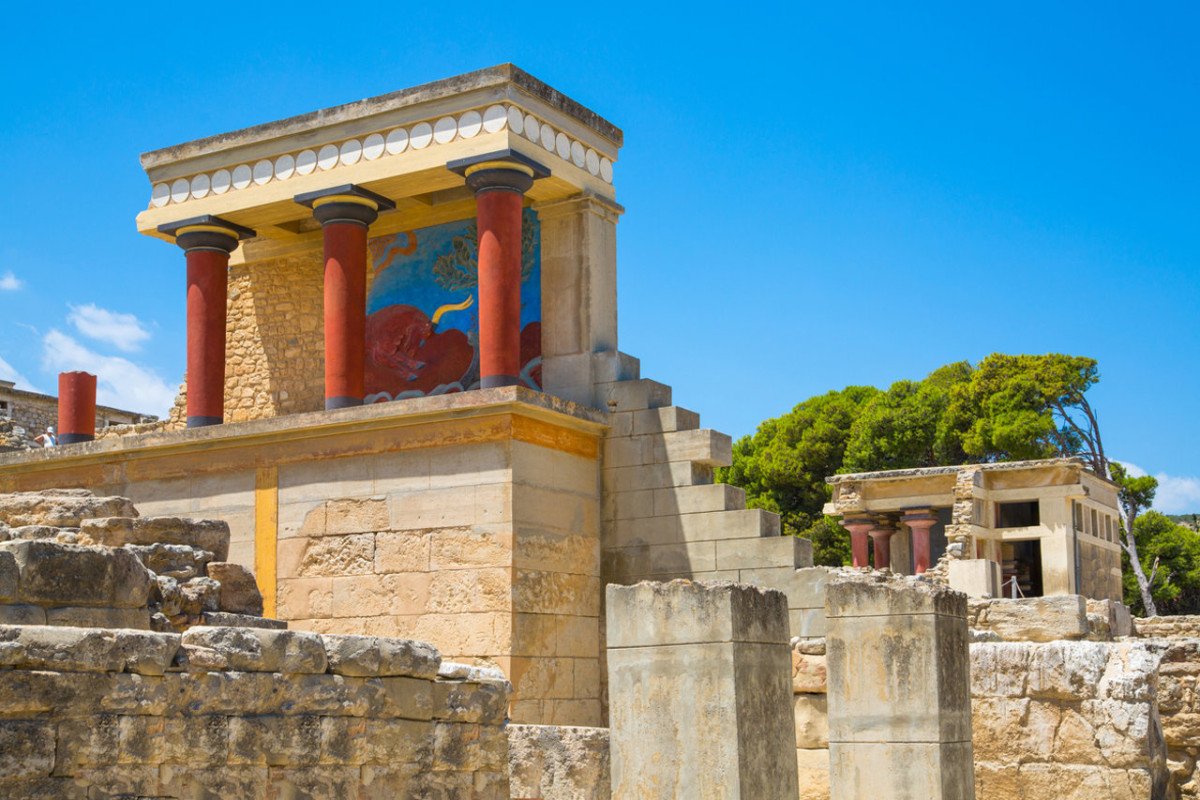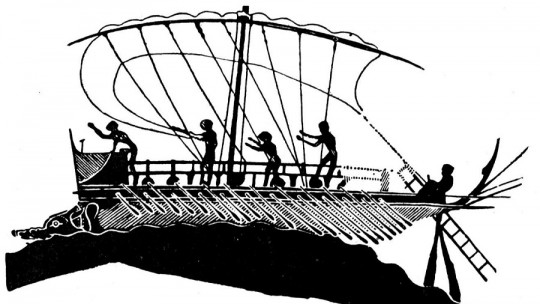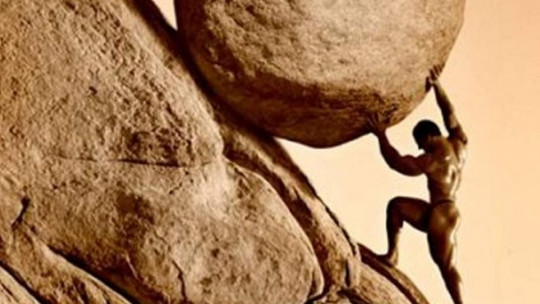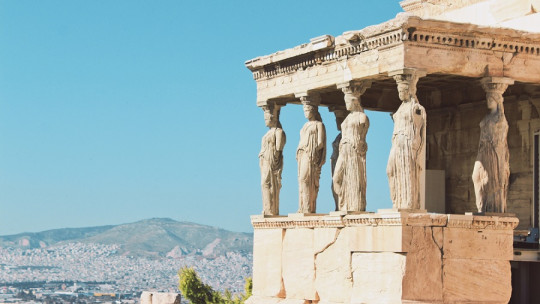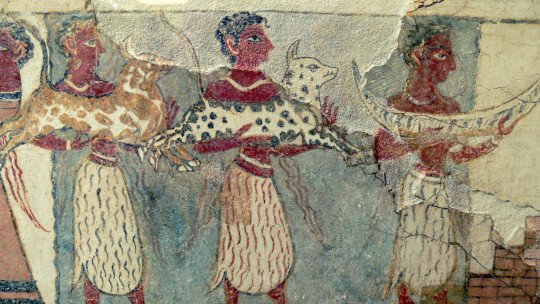
Greek mythology tells that Minos, the king who gave name to the historic Minoan culture, reigned in Crete. This king had a wife, Pasiphae, who, punished by the gods with madness, was carnally united to a bull and had a son from him, half bovid, half man: the Minotaur Terrified by his wife’s sin, Minos locked the creature in a labyrinth, from which he could never leave. To satisfy the Minotaur, the city of Athens had to deliver fourteen young people annually (seven boys and seven maidens), among whom was Theseus.
The myth tells how Theseus, son of the king of Athens, manages to enter the labyrinth and kill the Minotaur with the help of Ariadne, the daughter of Minos, who gives him a ball of wool so that he can unravel it and find the exit. Theseus’s subsequent ingratitude is legendary: he cruelly abandons Ariadne on the island of Naxos, where he later finds her and Dionysus, who eventually marries her.
Legends apart What exactly do we know about the Cretan civilization that gave rise to the myth? Did King Minos really exist? Was there a labyrinth? What relationship did the Minoans have with the bull? In the following article, we try to unravel the mysteries of this enigmatic civilization, the Minoan culture.
The Minoan culture, the great splendor of the Bronze Age in the Mediterranean
For centuries, the reality of the culture that inspired the legend of the Minotaur was mired in shadows. It was not until the beginning of the 20th century that Sir Arthur Evans (1851-1941) excavated at Knossos and discovered some interesting remains. What drove the archaeologist was precisely to confirm the mythological stories, in a similar way to what Schliemann had done a few years before with the myth of the city of Troy However, Evans found no trace of Minos or the labyrinth.
What the archaeologist did find were the remains of a very refined civilization, which showed obvious signs of having been one of the most sophisticated and powerful in the Mediterranean during the Bronze Age. In honor of the myth, Evans called it “Minoan,” after its legendary king.
Throughout Crete, vestiges of sumptuous palaces of a monumental nature were found, which seemed to be administrative and religious centers. Around these palaces there were remains of cities and farms, specialized in the cultivation of vines and olive trees, with whose derived products (wine and oil, respectively) the Minoans traded with the rest of the Mediterranean towns. Remains of rich and elaborate ceramics were also found, decorated with varied motifs that ranged from simple geometric motifs to the decoration of flowers and animals
Due to the monumentality of each of these palaces, experts considered that Crete did not have a central nucleus, but rather that each of these constructions was responsible for the surrounding population. In none of these palaces were walls of any kind found, so it was tended to be thought that the inhabitants of Crete in the Bronze Age lived more or less peacefully. Even so, the watchtowers found on the roads and the numerous weapons found contradicted this statement.
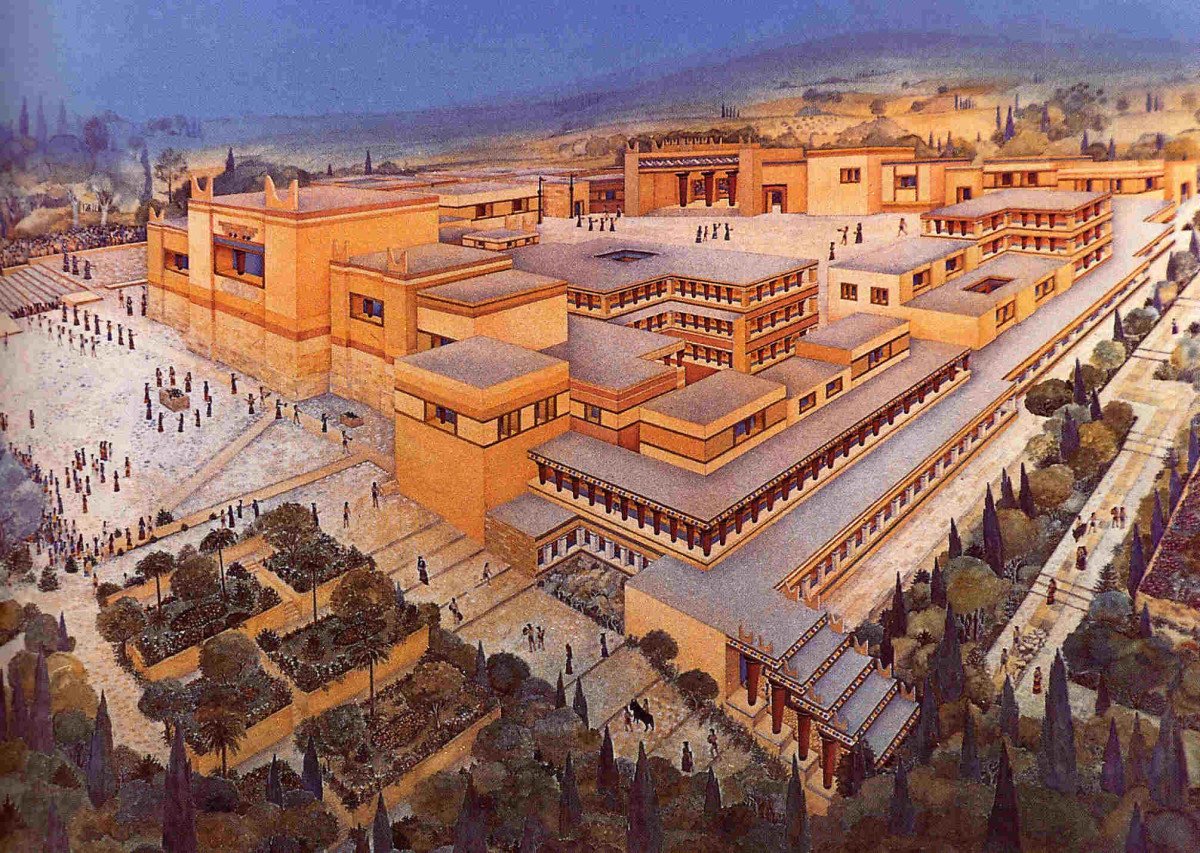
Knossos, the palace of the Minotaur
Some of the most important Minoan palaces were Phaistos, Malià and Khania, which were spread throughout the island. But, without a doubt, the most spectacular is Knossos (also known as Knossos), Due to its characteristics and stylistic influence on the rest of the buildings, experts have thought that, at some point in the Bronze Age, it became a central or most influential headquarters
It is in Knossos where the myth places the story of the Minotaur, although, as already noted, neither Evans nor later archaeologists have found any indication of the existence of a labyrinth at the site. Perhaps we will find a possible explanation in the origin of the word, which could be related to the labrys, that is, the typical Cretan double-bladed axe.
It is known that these weapons were scattered throughout the palace, often as decoration (or related to some religious ritual), so it is not unreasonable to assume that the labyrinth of myth could have derived from the Minoan labrys. The labyrinthine nature of the palace, which had no less than 1,000 rooms, could help relate it to an intricate labyrinth where mysterious creatures were kept
In any case, the historic palace was a true mass in which administration, politics and religion converged. Built around a huge central courtyard that served as an activity area and also as the main source of ventilation, the enormous building was completely decorated with frescoes, most of which are preserved in the current Archaeological Museum of Heraklion. It is known that the palace was destroyed around 1700 BC, possibly by an earthquake, and that, after its reconstruction, it played a predominant role throughout the island.
What was the Minoan religion like?
It is unknown what the Minoan religion was like, since their writings (the so-called Cretan hieroglyph and the famous Linear A) have not yet been able to be deciphered. However, his wonderful and sophisticated art sheds some light on his beliefs.
The love of the bull
The Minoans were great lovers of nature, which they endlessly captured in their fresco paintings and in the decoration of their ceramics. Among the numerous animals that appear, the most common is the bull, which is also linked to a curious sport, “bull jumping,” practiced by young people of both sexes One of the main sources to know about this Cretan activity, probably related to a sacred rite, is the famous fresco of the Taurocatapsia, from the palace of Knossos.
In it we can see three young people practicing the famous “bull jump”: two of them (presumably women, since they appear with the white skin with which the Minoans distinguished the female sex in their paintings) remain at the extremes (one of the women holds the animal by the antlers), while a third (a man, represented with reddish skin) performs acrobatics on its back.
The painting contains an accentuated dynamism and shows a clear preference for the curve, one of the factors that differentiates Minoan art from the Egyptian art to which, however, it is indebted. Like Egyptian paintings, the characters are represented in profile, but the eyes, large and almond-shaped, are facing the front From Egypt, the Minoans also picked up the differentiation of the sexes through skin color, since in Egyptian art men are also represented with much darker skin than that of their female companions.
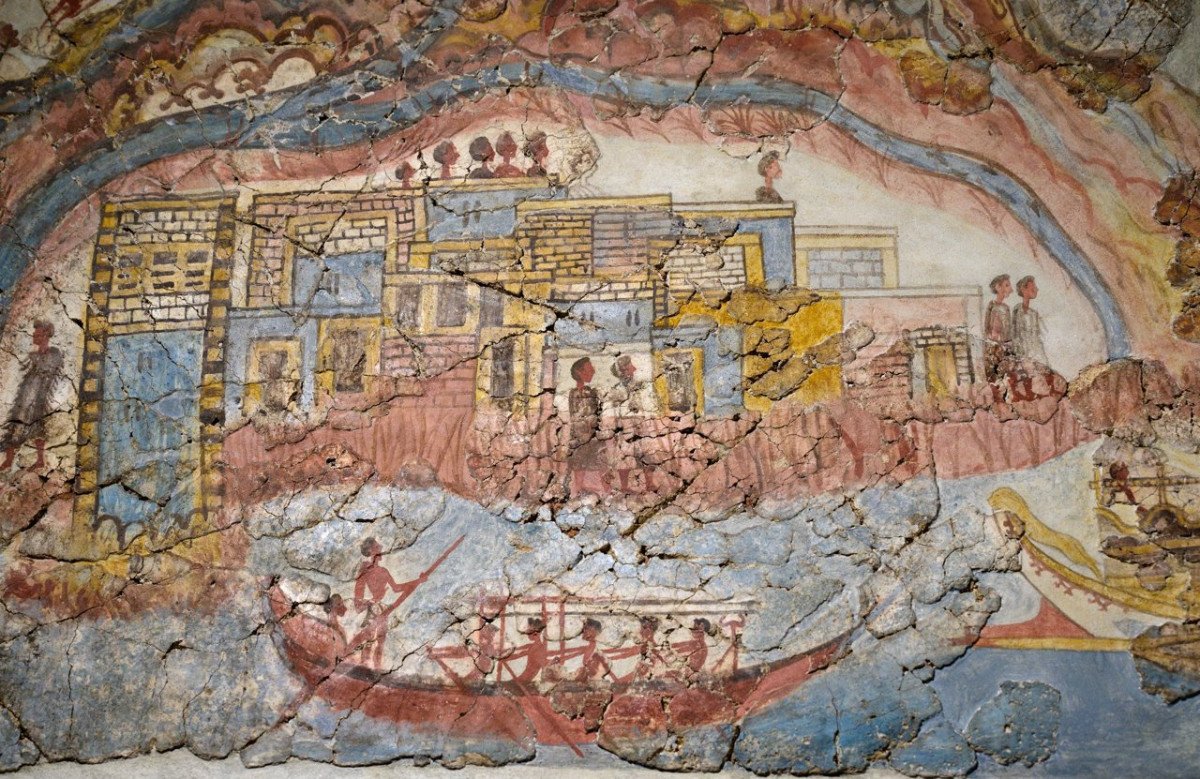
The earth mother goddess
What did this Minoan “bull jumping” mean? We do not know. It could be a simple entertainment, although everything seems to indicate that it was closely linked to their religious beliefs, closely linked to fertility and, therefore, to this bovid. Another of the testimonies that we preserve to know a little about the beliefs of the Cretans are the various statuettes that have been found throughout the island and that represent women carrying snakes, which is why they have been baptized as “snake goddesses.”
These statuettes may be representations of priestesses, although they could also be identified with a female goddess, a type of telluric goddess. The snake is, in many cultures, an animal related to the earth and the creative and destructive power of nature; In Egypt, for example, the goddess Isis, also related to this primal mother-goddess, is the lady of magic and snakes.
On the other hand, these statuettes are an invaluable source to know what female attire was like in Minoan Crete. In reality, it is radically different from that of the surrounding civilizations; while most cultures used rather loose fabrics and tunics, Cretan women girded their waist with a kind of stiff doublet which, in addition, left the breasts exposed, and was covered with a very long skirt full of ruffles.
The striking resemblance of this outfit to that of French women of the late 19th century (except for the issue of breasts, of course), led Edmond Pottier (1855-1934), a French archaeologist and art historian, to baptize one of the frescoes (where a woman thus dressed appears) as La Parisienne (The Parisian Girl).
Why did the Minoan culture disappear?
Another of the great questions about the Minoan culture is the reason for its disappearance, around 1450 BC. Experts have considered several possibilities, from the eruption of the volcano on the island of Thera (present-day Santorini) to the invasions of the Achaeans on the mainland.
The theory of volcanic destruction has quite a bit of weight. The volcano of Thera is known to have erupted in the middle of the 2nd millennium BC, and its effects must have been truly devastating From earthquakes to toxic clouds suspended in the air, we find enough reasons to consider it as a cause of the extinction of the Minoan culture.
On the other hand, the movements of the peoples of the continent (especially Mycenae) could also have had a significant role in the disappearance of the Cretan civilization. In fact, the influence that Crete had on Mycenaean culture is known, so it is not unreasonable to assume that it absorbed the first one at some point in the Bronze Age.
Finally, there are scholars who lean toward a hodgepodge of causes. If the eruption weakened the Minoan culture, the terrain was much more fertile for the invasion of the peoples of the continent. Be that as it may, this fantastic civilization became extinct more than 2,500 years ago, and we continue to wonder what exactly it was like Perhaps, when the tablets finally “speak,” we can learn more about the exquisite Minoan culture.
